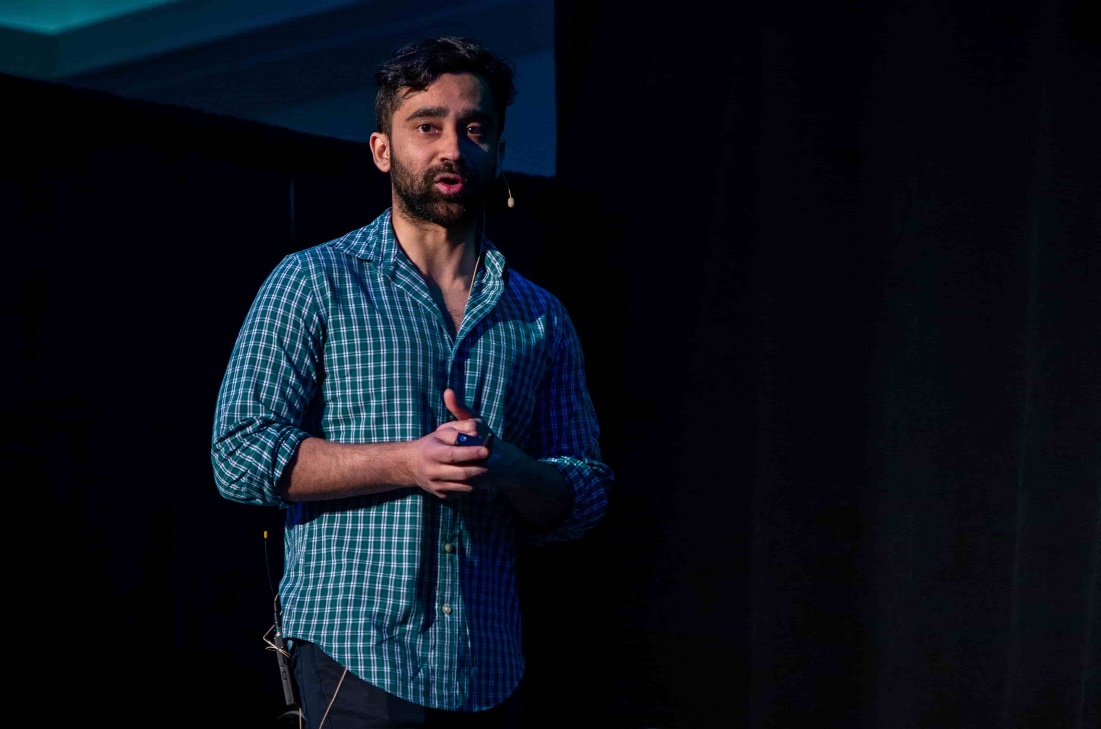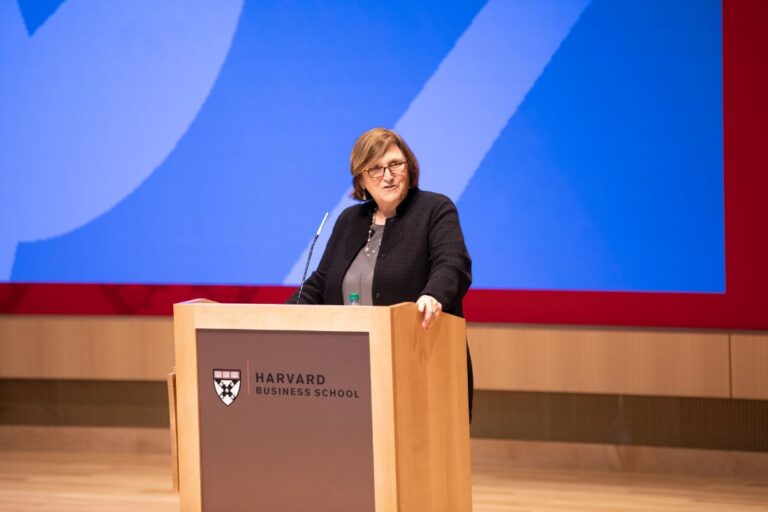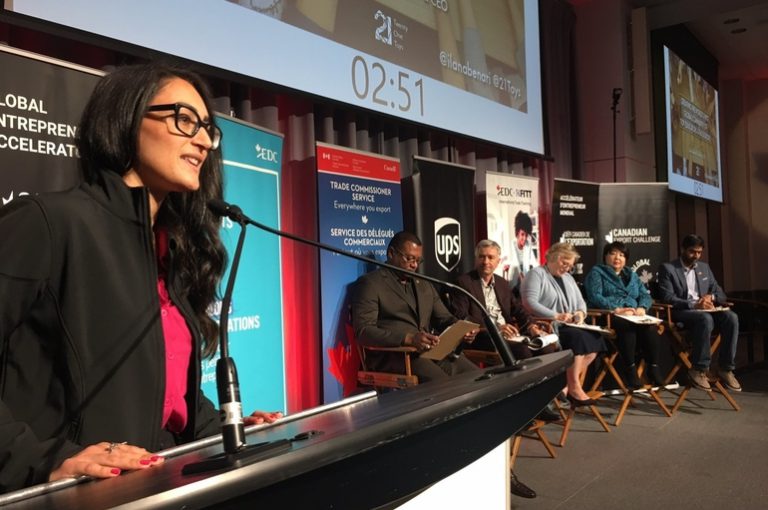Ankur Nagpal on Exotic Answers for the Rise of Teachable
Teachable help you build your own course website and sell online courses. It’s a New York-based startup with platform which has plenty of room for integration of other tools and personalization as well as many courses and challenges for creators to grow student numbers. Most Teachable’s teacher-customers make a paid plan a month to use the company’s software platform, where they can upload videos, communicate with students, and collect course fees.
Founded in 2014 by Ankur Nagpal, the site shows signs of a fast-growing platform. Earlier 2020, it announced to have seen creators sales reach $1 billion. That means creators across platform have earned a billion in revenue with 154,500 new courses in 2020 alone, everything from cake decorating, Feng Shui to how to fly a drone.
Founding Story: It Started Off as A Side Project
When Nagpal, started teaching his first marketing online course on Udemy, which did not charge for software but take a 50% cut of course revenue. And obviously, all courses would carry the Udemy brand, instead of creator’s.
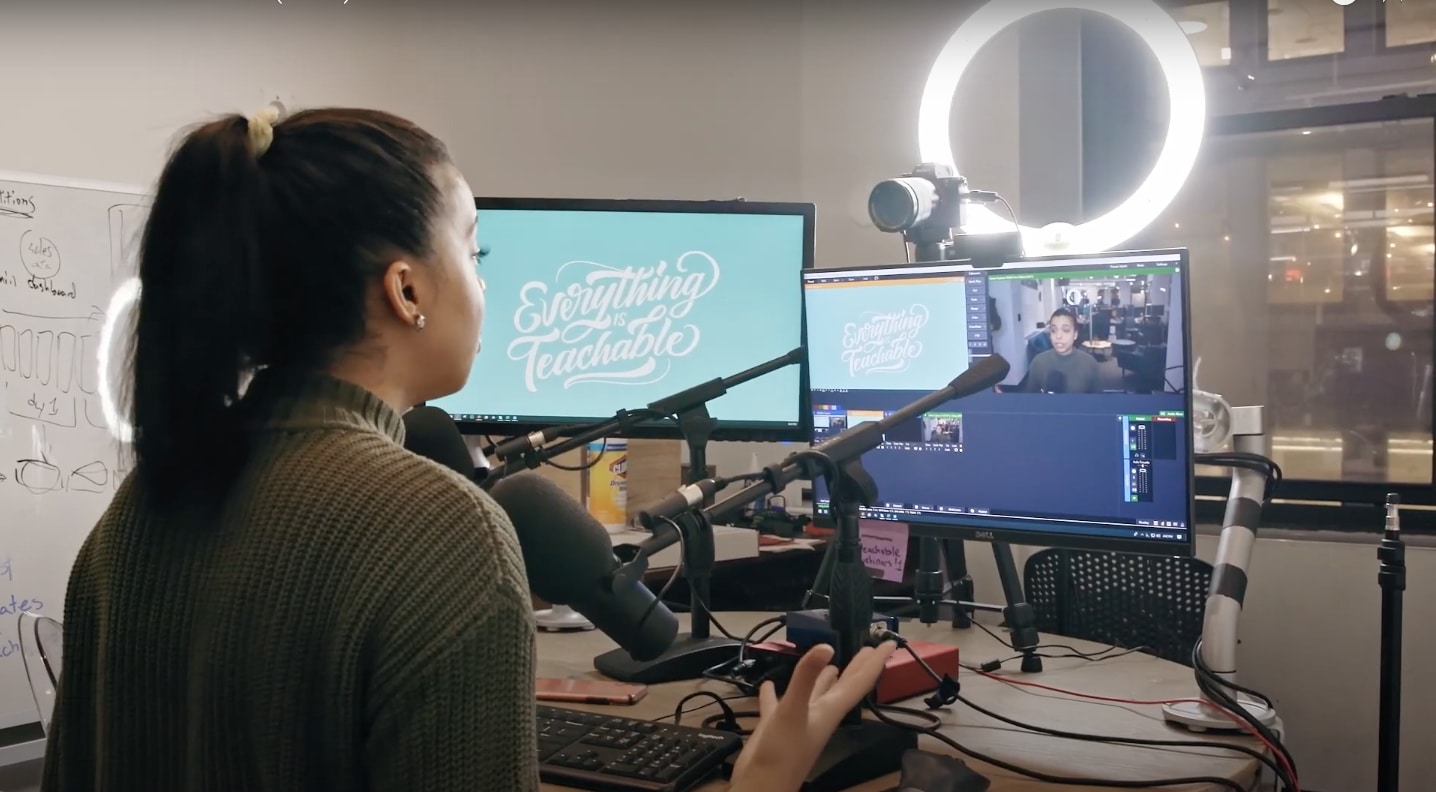
And it dawns on him, a better e-learning business should be more direct to consumer of both students and creators. Nagpal recalls at the previous platforms he was teaching at, he was able to get $2,000 to $3,000 a month but there was no way to scale beyond that because, in fact, he was not the one that controlled his own audience.
So there comes Fedora – a side project so he can grow and scale what he is having on Udemy. The first one to join was his partner Conrad, who enjoy it and agree to share 15% of his revenue for Nagpal. After that, the founder started to pull many Udemy instructors toward his side. Nagpal recalls, it was just all cold e-mail like, “Hey, I know you are doing well on Udemy, but do you want to check us out?” And that kind of helped Fedora get its second to sixth partner.
And the reputation goes far, more and more customers from Udemy started to notice and on board with the Fedora platform. Six months later, Nagpal knows it’s a company now and he need to be serious in rebuilding the system if the intention was to compete with the big boys of e-learning world. And then Fedora become Teachable to send out a more obvious message as well as align better with its model.
How Does the Site Make Money?
In general, Teachable makes money out of it SaaS (Software as a Service) model with a little bit of transaction fee. Nagpal explains on an interview with Foundr, early on the site charged 15% of every sale but found it really hard to scale that model since revenue was not predictable. It’s been four years since the company moved to SaaS and they started seeing about 20% to 25% of revenue coming in through payment processing.
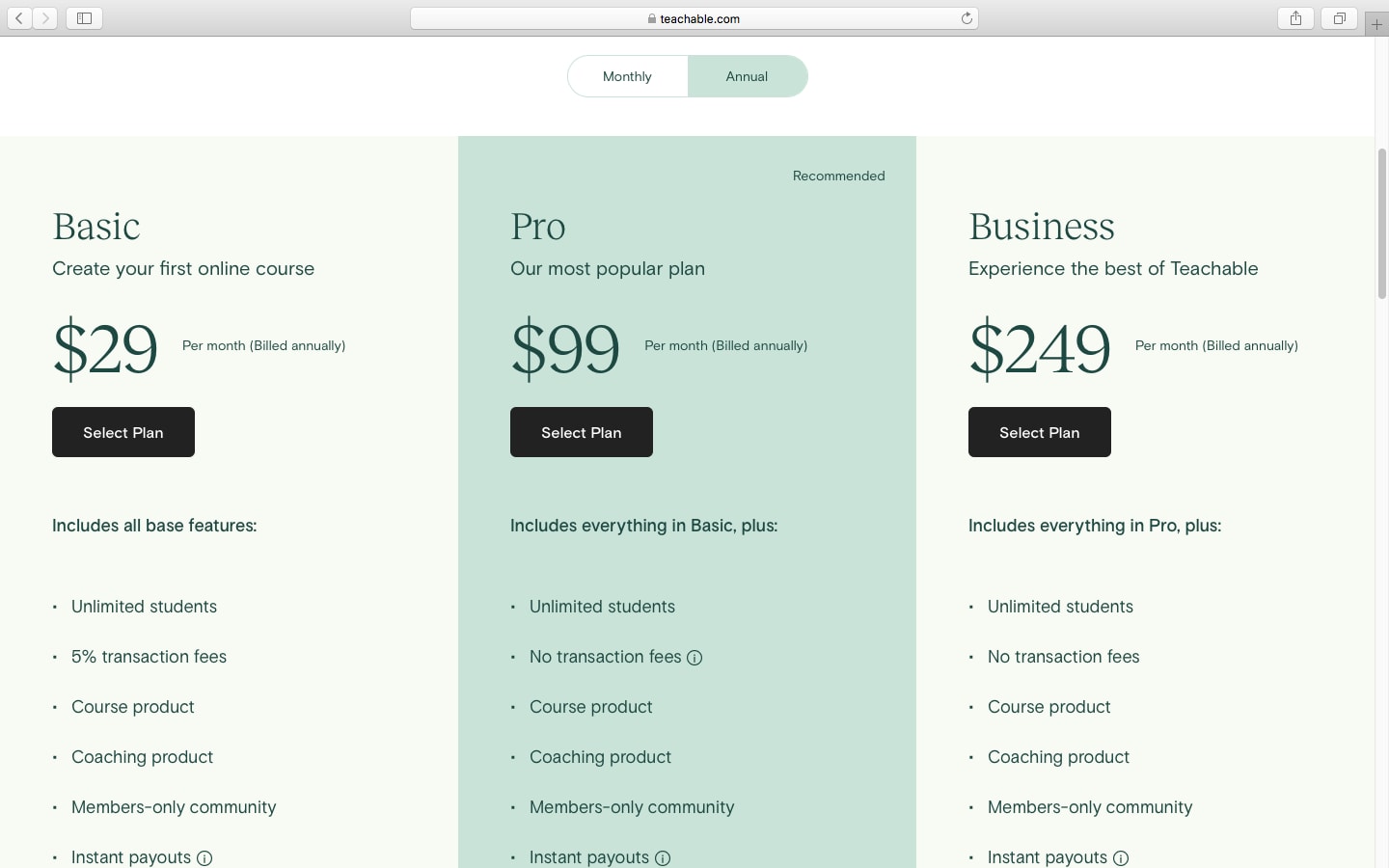
With this SaaS platform, by default, the address for your school is going to be a sub-domain of Teachable.com – but with any paid plan, starting at $29 to $299 a month, you’ve got the choice for adding a custom domain, unlimited videos, unlimited courses, unlimited students, and the ability to manage student accounts.
How the company makes money, does reveals quite a bit of its secrete sauce!
Secret Sauce – Why Not a Better School but a Better Platform?
The company secrete sauce lies right on its model as a SaaS platform. Teachable let you build and branding your own online course. True to Nagpal’s vision, teachers should retain full control over their courses and their participants and are even given an option to white-labeling the software, set their own pricing – that is, put their brand on the software to make it look custom, made by them.
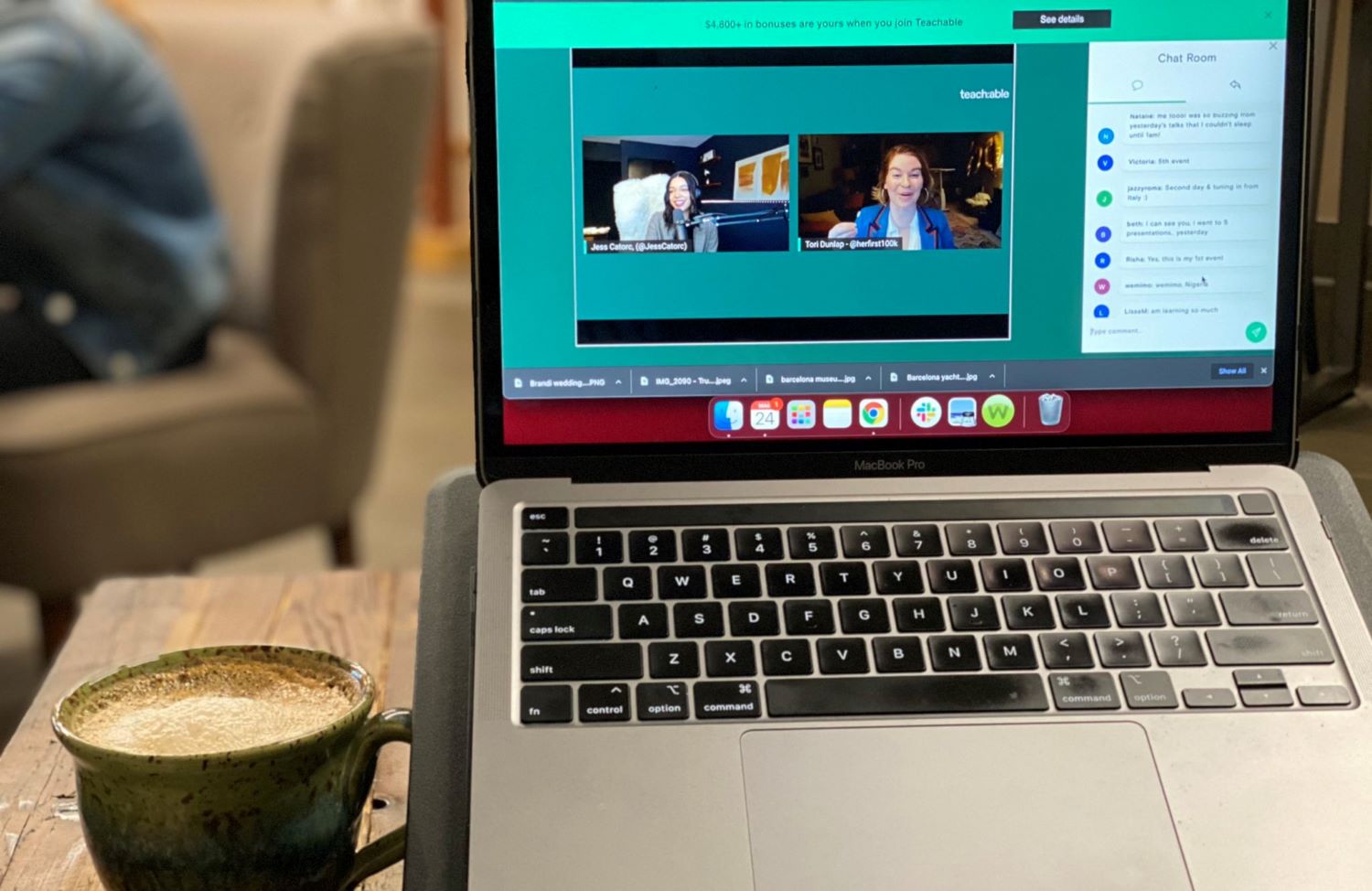
Nagpal was there just in time, to catch that wave of educators who are desperate to take control of their own branding and marketing, something other platforms did not allow them to do.
More from this model, Nagpal talks from his point of view. As he were effectively in the content business making grand money out of Facebook App. The founder says that is not for him.
Nagpal’s motivation was to build a platform versus a content business. A content business could be a lot more profitable, to Nagpal, especially if you are a smaller company. But the point of this platform, is that it saves you from the worries of being in business. He said, content businesses can be very successful, but you are only as good as your last hit.
How to Answer Your Customer While Your Product Is Perfect?
Even though the company is seeing great movements in its revenue, there are still weaknesses that it is seeing form feedbacks. The founder shares, the plan still lack of certain core features that users considered important, like the drip content.
Toward this problem, Nagpal claims there are two choices to make on the product strategy. You can either compensate for the missing features, which Teachable is doing to a degree. Or you can double down on your strengths.
Like how users think Teachable make their site and teaching experience look chic and professional, Nagpal want it to look even more beautiful. Whatever people think you are good at, do that better, and then after that take good care for the unhappy ones.
Funding Memoir: It Was My Biggest Mistake
Funny story, it was about six months in, Nagpal finally decided this is a company, and only then think of raising the site’s very first capital. The founder shared that was his biggest mistake that he waited too long to consider the idea validated. It supposed to take only 3 months not half a year later. Nagpal admits it was his own fear holding him back, those signs of a potential business should be taken into account sooner. Hopped on a plane to Silicon Valley and start talking to people for the seed round, what he had in mind, how did it work out?
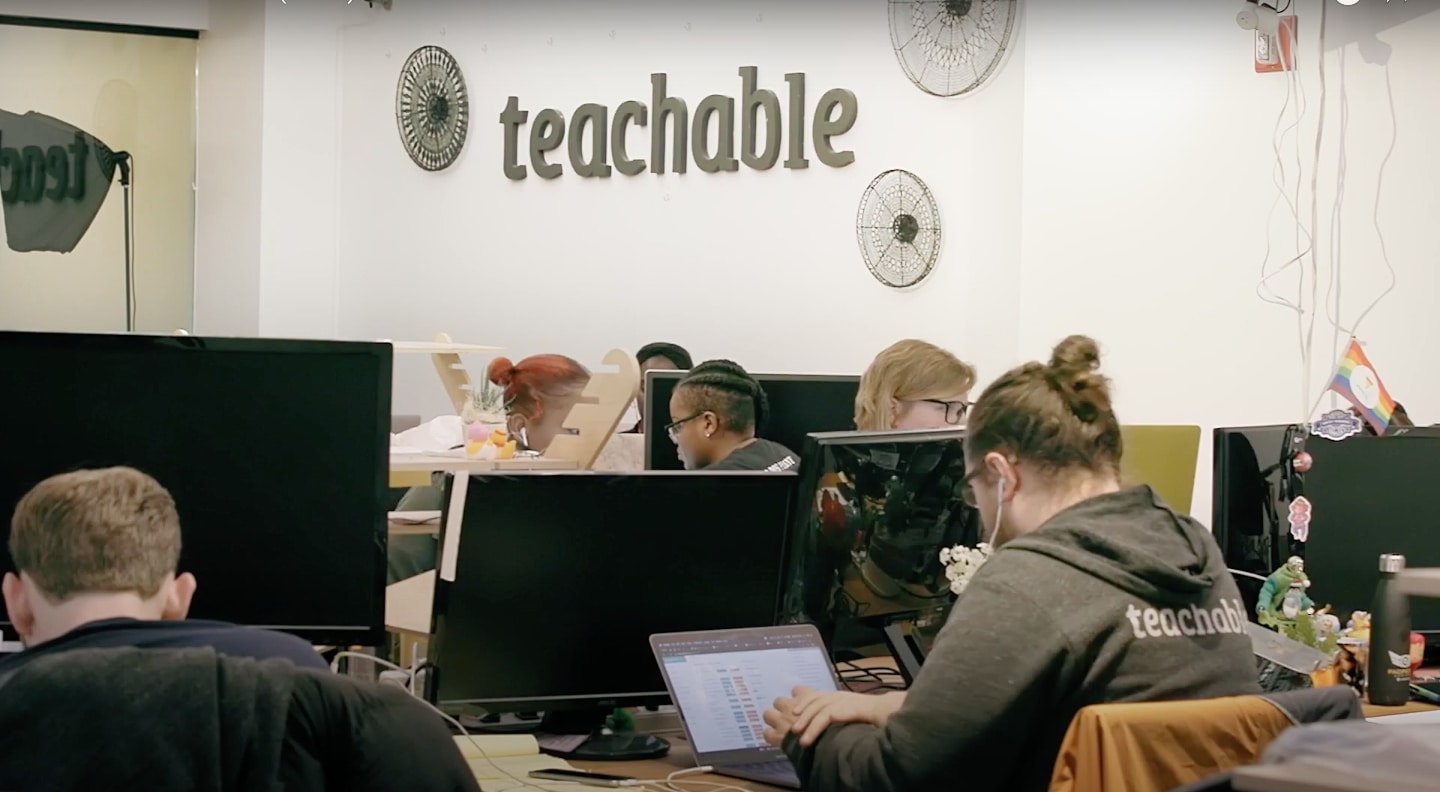
The entrepreneur recalls, learning form people around, it is a rule of thumb in your first round to get the amount of capital you would need for 12 months. In case of Teachable, Nagpal took a wild guess and proper estimation of about $1 million.
However, “It’s hard for an investor who meets you for the first time to decide on the spot to give you money. Investors like to observe someone over a period of time and watch them develop,” Nagpal says, there are several pieces of advice he would offer to founders kicking off their first fundraising campaigns.
First of all, Nagpal suggests founders trying to lock down one key investor. A key investor is someone that believe in your solution and is prepared to go into battle for you. Regardless of the amount they are willing to commit, find an investor with a good name and do whatever you can to get them on your team. That one would not the “who else is investing” question, that the one!
Next, go to AngelList and have them syndicate for you. Because to Nagpal, that is what great about an AngelList, instead of going to investors and getting rejected over and over again, especially in investing environment – which is driven so much by herd mentality. Nagpal in retrospect, “many investors who did not want a piece of us initially all wanted to come back after the AngelList went out.”
Your Time Is Already the Most Important Asset
More from the funding story, apparently, before Udemy or Teachable, Nagpal was already make a few million dollars from his business on Facebook, selling applications. However, at 22 years old – the point of those applications was for his own interest of building something, and to run an actual business is not what Nagpal wants, at least, at that time. Then when he is ready for Teachable, with his available capital, Nagpal still takes on the path of raising capital instead of bootstrapping.
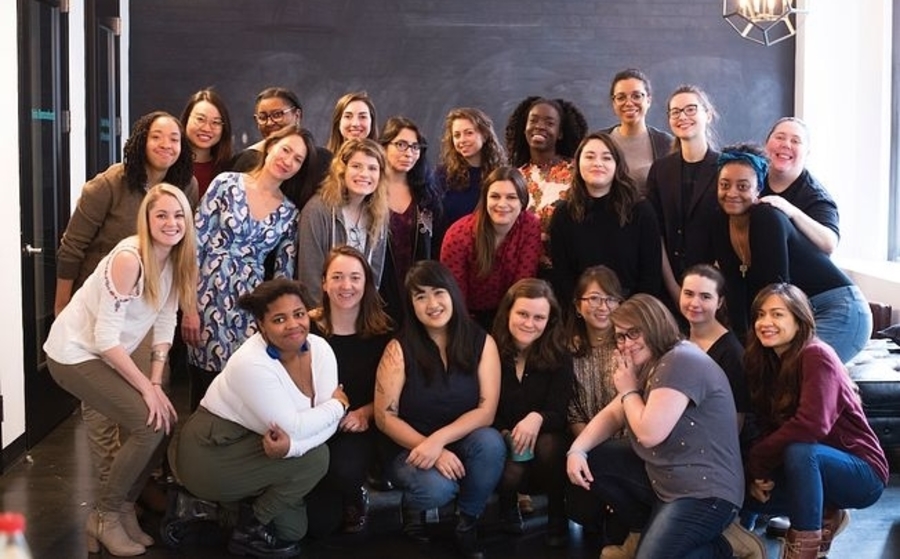
To Nagpal, it’s important to have other people invested in your success. Since you already self-funded the company by not paying yourself for the first year and a half. Nagpal suggests a realistic look as an entrepreneur, estimate how much of the market salary you could have commanded. As weird as it sounds, this is how Nagpal values his time. “I think my time is worth more than my money, and I’m investing 100% of my time into this”, the founder said it was all about diversifying your portfolio. His money would be for different purpose and toward Teachable, the investment of time is already grand enough.
So, on Teachable’s seed round, Nagpal have some of his smartest friends join in the business, not only for the money but many more insights a group of friends can contribute. Nagpal shares bootstrap startups has always been impressive, in the other hands, funded startups always get bad raps because of the way fundraising used to work.
How founders have to give up their control for money, but that’s so untrue. You never actually give up control, with the way Teachable raised its funds, the founder and his team has never given up any operational rights to any investor. Reports are sent away, just for your own shakes, because you would want to share your both good and bad news.
Nagpal suggests founders look at it as the best of both worlds. You have capital to make mistakes. Because ultimately, that is what the value of capital really is. It buys you time, it buys you the ability to be more aggressive and make more mistakes.
On the latest interview with Foundr, Nagpal also mentions how Teachable is sitting on over 11 and a half million dollars of cash that they want to use to grow faster and cannot wait for new movements.
At least, that is what happening at Teachable, it does not have a board of directors to report to, it’s still their business, just better funded.
The Becoming of an Effective CEO: Working Hard Is Working Wrong
“As a company, I think we’ve done pretty well working normal hours. Our story is not one of working stupidly hard, it’s one of working smart.” To Nagpal, there is no prize working an 80-hour week, especially to founders. When it comes to the conversation on what it takes to make it, Nagpal is strongly opposed to the popular idea that founders should work as of the Silicon Valley style. A 50-hour week is a healthy one!
Even though with his first-time leading experience, Nagpal claims it does not take long for him to tell if there is something wrong. Especially when the pace started getting frantic over a period of time, Nagpal encourages his team to stop and ask the hard questions. Why are you working so hard? Do we need to outsource this part of our business? The answer, Nagpal says, always have his team turn up some aspects of the company’s set up or process that is putting people under constant pressure.
As of now, when the thrive of Teachable has proved a potential leader Nagpal is. The founder shares these experiences has taught him that it is a combination of finding the right people, and being comfortable allowing them to make mistake, which drive the company and your own ability to lead and deal with people.
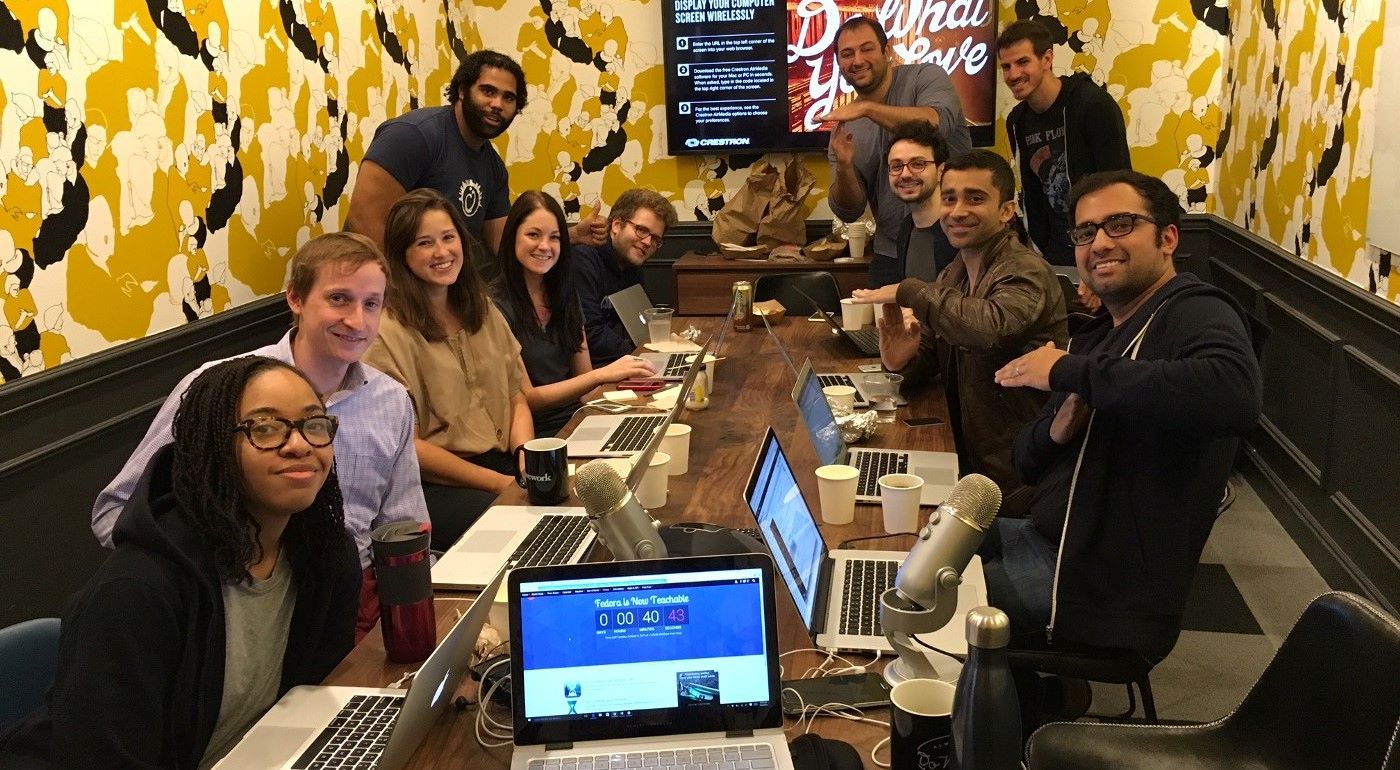
What he tells people in the first few days is “I’m hiring you because I think you are very smart, and I want you to help me on my decisions making. Part of your job is making decision on my behalf,” Nagpal shares on Foundr. And that has been massively helpful in preserving his own sanity as well as making people feel empowered and more responsible to what they are doing. Even it is not as easy as it sounds, yet when you find the right person, the act of empowering would make them your best teammate. After all, that is what becoming an CEO comes down to, without great people working for you, you are not a CEO.
Why Focus on Product Is Not a Great Strategy for Your Growth?
Another cool insight from Teachable’s founder, into what he has learned and believe about scaling a SaaS company that is quite different than what a lot of people are talking about!
Nagpal sees it is how many Silicon Valley startups come about scaling – the whole pervasive myth of just build a beautiful product and growth will come. Even though, it is not all flaw, however, at where he comes from, growth is something you have to really mean it.
“I think there is a tremendous value in being very, very, very intentional about growth” – Nagpal addressed, “Despite how obvious it is, I’ve invested in a few companies and I’m seeing other people do it and a lot of other don’t.” There is no harm focusing on the customer journey, however, when product is your only concerns, it would tell a different story.
At Teachable, part of the reason they grow is just because they were very intentional about it. On many aspects of the business, inside out, backward, or forward, at any rate, Nagpal suggests you must have your own growth goals before expecting growth.
Very intentional, “Out of 84K, we think we’re going to get 16K for, like we’ll try and account for every single dollar of growth before the month begins and most of the time, we miss it but when we miss it, we know why. We can go okay, fine, these webinars underperformed. We thought this would happen here, that happened there.” He tries and accounts for every single penny of growth so it will make sense if the company have tough time generating revenue.
The Bottom Lines
Teachable have done a great move tackling this new wave of educational services, as its founder’s vision “In the future entrepreneur will sell knowledge over products.”
As Nagpal was innovating and creating something that did not exist yet, challenges of entering the unknown has embody a seasoned entrepreneur of today. Visions and insights into leading and funding, growing, and thriving – those are some validly out of the way tips for any coming-of-age entrepreneurs.

